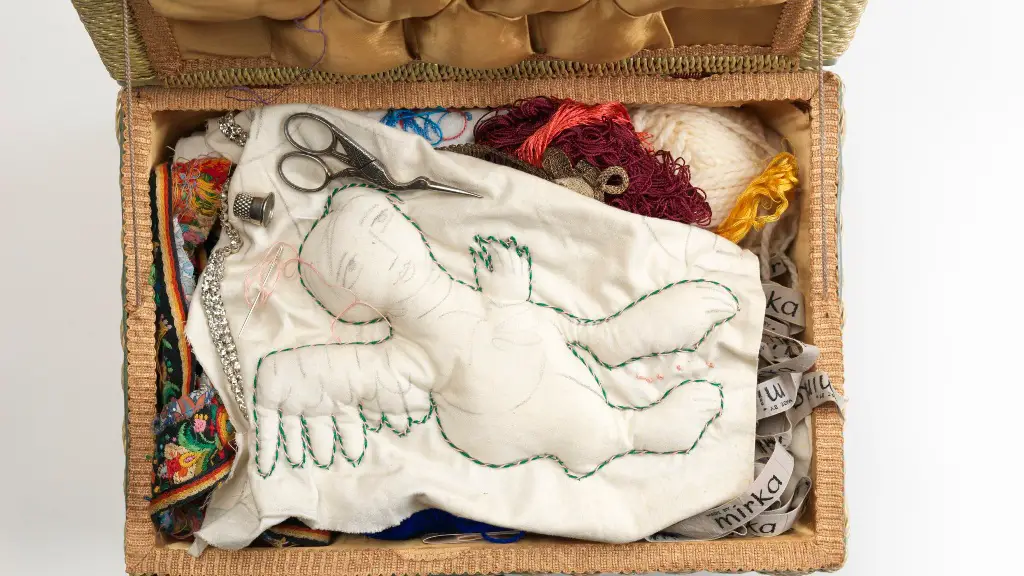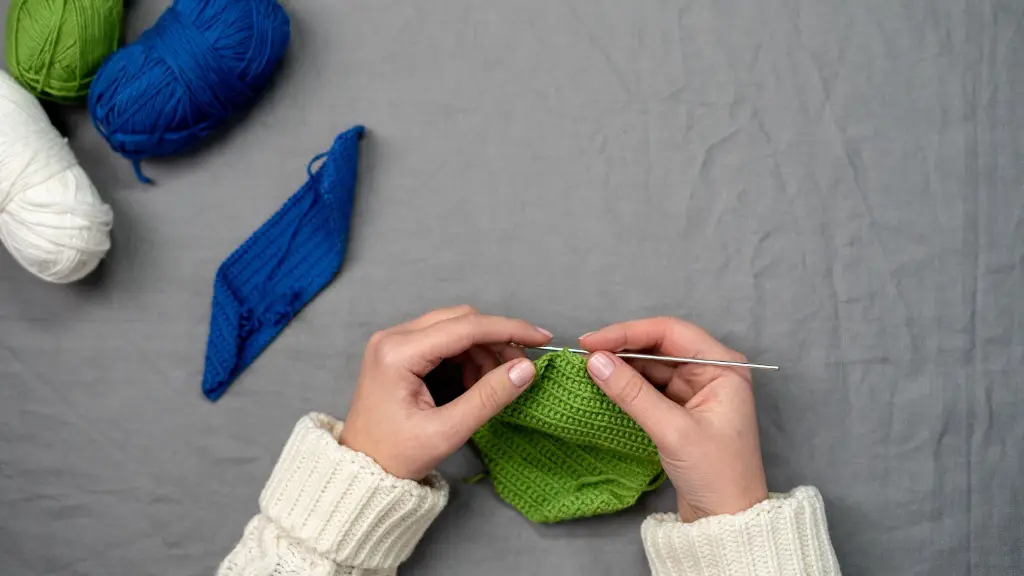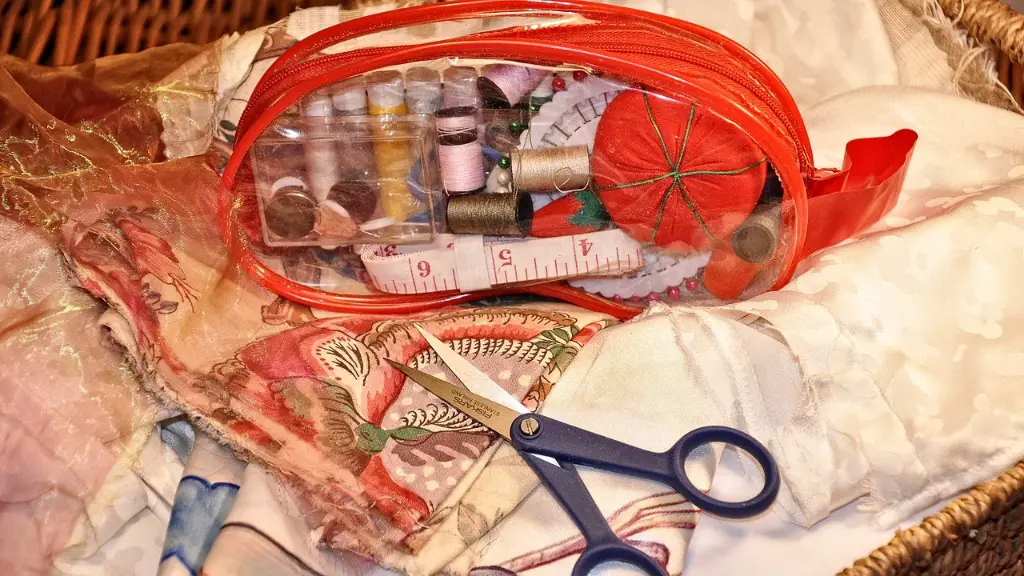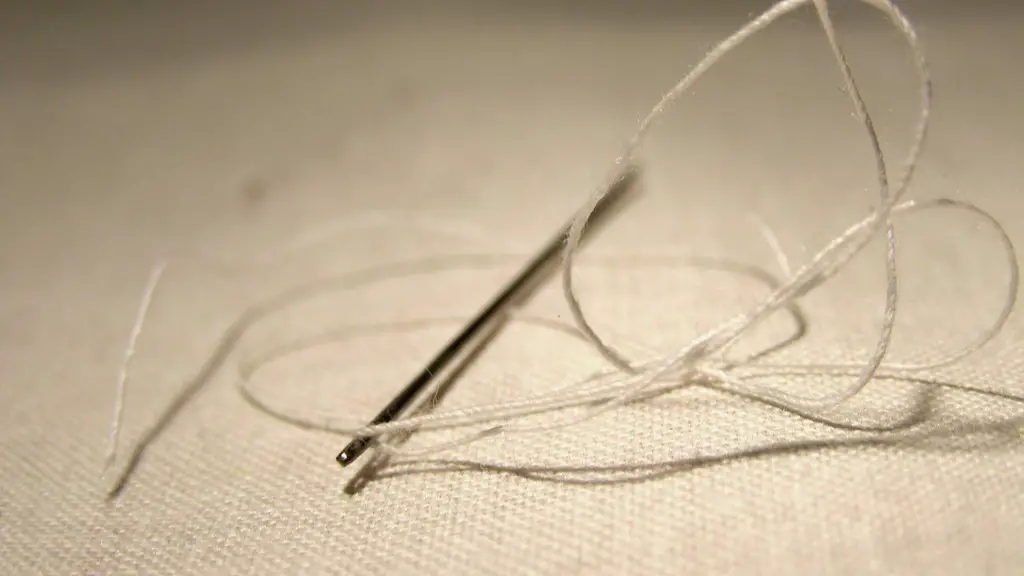How to check tension on a sewing machine
As a sewing enthusiast, it is important to understand how to check tension on a sewing machine. Incorrect tension can lead to a variety of issues, such as puckering and uneven stitches. That’s why it is essential to use the correct tension settings for each project.
Understand the Different Tension Settings
Understanding the different types of tension settings can help when checking tension on a sewing machine. Most machines have several tension settings. Most often, there will be a lower tension, which is usually used for lightweight fabrics and can be used when making straight stitches. On the other hand, when sewing heavier materials or when making a buttonhole, it is important to use the higher tension setting. The material, stitch length and needle size will also sometimes determine the tension settings required.
Examine the Stitch Quality
One way to check the tension of a sewing machine is to examine the quality of the stitches. If the stitches are loose, it is a sign that the tension is too low and needs to be adjusted. On the other hand, if the stitches are too tight, it means the tension is too high and needs to be loosened. When checking the stitch quality, it is best to use a sample piece of the material that will be used for the project. This will ensure that the tension is correct for the specific project.
Adjust the Tension
Adjusting the tension on a sewing machine is relatively simple. Most machines have a tension dial on the side of the machine that can be easily adjusted. Generally, it is best to adjust the tension only slightly at a time. If the tension is too low, begin by increasing the tension gradually until the stitches look correct. Similarly, if the tension is too high, begin by reducing the tension gradually until the stitches look correct.
Test Stitches
Testing stitches is an important step when checking the tension on a sewing machine. Once the tension is adjusted, it is important to test the stitches on a sample piece of the material that will be used for the project. This will ensure that the tension is correct for the specific project and will help avoid any potential issues.
Check Needles and Threads
It is also important to regularly check the needles and threads when checking tension on a sewing machine. For example, using wrong needle size, wrong type of thread or friction from the presser foot can all cause incorrect tension. Therefore, it is important to use the correct size needle, the correct type of thread and to ensure that the presser foot is cleaned and lubricated regularly.
Check the Bobbin Tension
In addition to checking the top thread tension, it is also important to check the tension of the bobbin thread. Generally, the bobbin tension should be slightly looser than the top thread tension. If the bobbin tension is too tight, it can cause the machine to overheat and possibly damage the thread, needle and fabric. To check the bobbin tension, place the bobbin on top of a piece of paper and gently pull on the thread. If the bobbin does not move, it indicates that the bobbin tension is too tight and needs to be adjusted.
Store Threads Properly
When checking tension on a sewing machine, it is also important to properly store threads to avoid any potential issues. Storing threads in a cool, dry place will prevent them from unraveling and causing tension issues. It is also important to ensure that threads are not exposed to moisture or direct sunlight, which can cause them to break and weaken over time.
Cleaning the Machine
Another important step when checking tension on a sewing machine is to clean the machine regularly. This will help to prevent any dust and dirt from building up and affecting the tension settings. It is also important to lubricate moving parts such as the hook and presser foot regularly to ensure that the machine is running smoothly and efficiently.
Consult an Expert or repair shop
If all else fails, it is always a good idea to consult an expert or take the machine to a repair shop. Professionals can often identify issues that may not be apparent to an inexperienced eye. They can also provide advice on how to keep the machine in good condition and ensure that the tension is correct.
Replace Parts Regularly
Over time, it is important to replace parts to maintain the machine and ensure that the tension is correct. For example, the needle should be replaced regularly as it can wear down over time and cause the tensions to be incorrect. It is also important to replace the belt and presser foot as necessary.
Use Quality Thread
It is also important to use quality thread when checking tension on a sewing machine. Low-quality threads can be weak and prone to breaking, which can cause tension issues. Therefore, it is best to use high-quality threads such as polyester or cotton to ensure a better stitch quality and fewer tension issues.
Use The Correct Presser Foot
Using the correct presser foot is also important when checking tension on a sewing machine. Different presser feet can provide different levels of tension, which can cause issues with the stitches. Therefore, it is important to use the correct presser foot for the material and stitch length being used.
Check Tension Regularly
Finally, it is important to check the tension on a sewing machine regularly. This will help to identify any potential issues before they become a problem. Checking the tension regularly is also an important step in keeping the machine running smoothly and efficiently.



